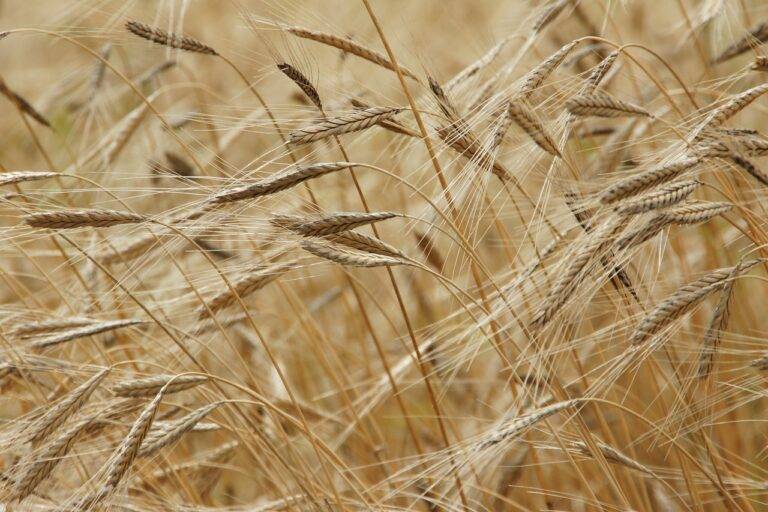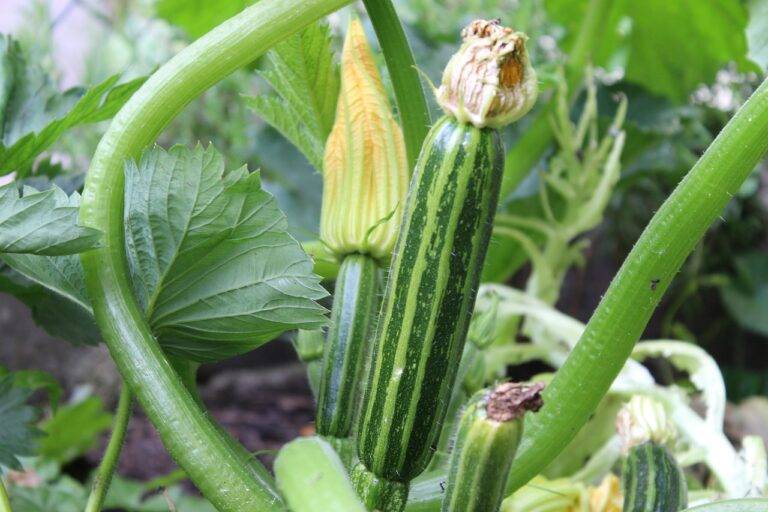How to Grow Your Own Food at Home
Growing your own food at home can bring numerous benefits to your life. By cultivating your own fruits and vegetables, you can ensure that you are consuming fresh and organic produce free from harmful pesticides. This can lead to a healthier diet and potentially reduce the risk of various health issues in the long run.
In addition, growing your own food can be a therapeutic and rewarding experience. It provides a sense of accomplishment and connection to the food you eat, knowing that you have nurtured it from seed to harvest. This hands-on approach to food production can also instill a greater appreciation for the labor and resources that go into growing food, fostering a more sustainable and mindful approach to consumption.
Choosing the Right Plants for Your Home
When it comes to selecting plants for your home, it’s essential to consider the amount of sunlight each room receives. Some plants thrive in bright, direct sunlight, while others prefer indirect or shady spots. Assessing the natural light conditions in your home will help you choose the right plants that will flourish in their designated spaces.
In addition to sunlight requirements, it’s important to take into account the size and layout of your living space when choosing plants. If you have limited floor space, opting for plants that can be placed on shelves or hung from the ceiling can be a great alternative. Consider the height and spread of each plant to ensure they fit harmoniously within your home without overwhelming the room.
Why should I consider growing my own food?
Growing your own food allows you to have access to fresh, organic produce right at your fingertips. It can save you money in the long run and also gives you the satisfaction of knowing exactly where your food is coming from.
How do I choose the right plants for my home?
When choosing plants for your home, consider factors such as the amount of sunlight the area receives, the space available for the plants to grow, and your own personal preferences for what you’d like to cultivate.
What are some easy plants to grow indoors?
Some easy plants to grow indoors include herbs like basil, mint, and parsley, as well as leafy greens like lettuce and spinach. Succulents and cacti are also low-maintenance options for indoor plants.
Do I need any special equipment to grow plants indoors?
While you don’t necessarily need special equipment to grow plants indoors, having a good quality potting mix, appropriate pots with drainage holes, and access to natural light or grow lights can help ensure the success of your indoor garden.
How often should I water my indoor plants?
The frequency of watering indoor plants can vary depending on the type of plant, the size of the pot, and the environmental conditions in your home. It’s best to check the soil moisture regularly and water when the top inch of soil feels dry to the touch.





